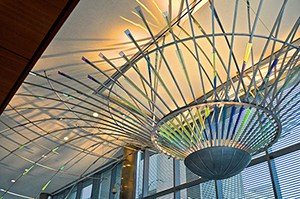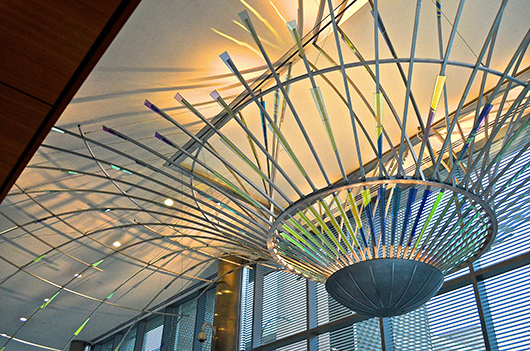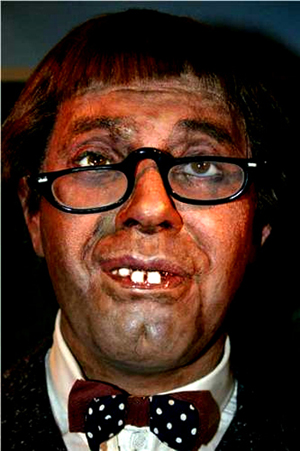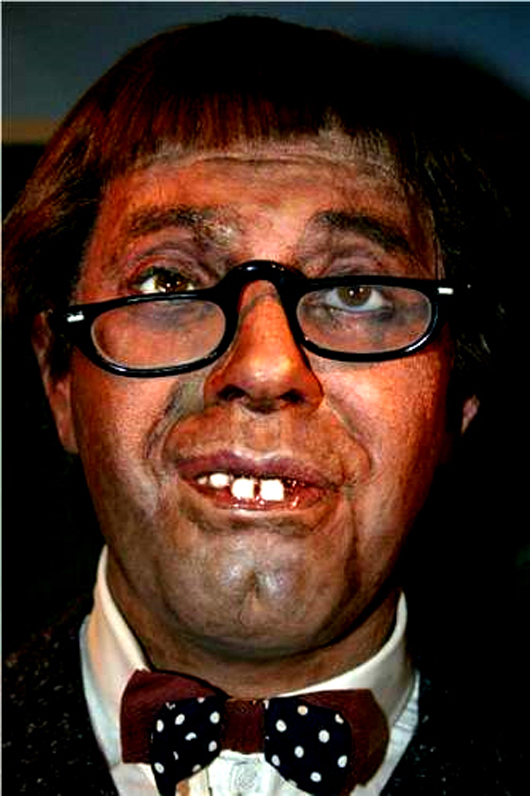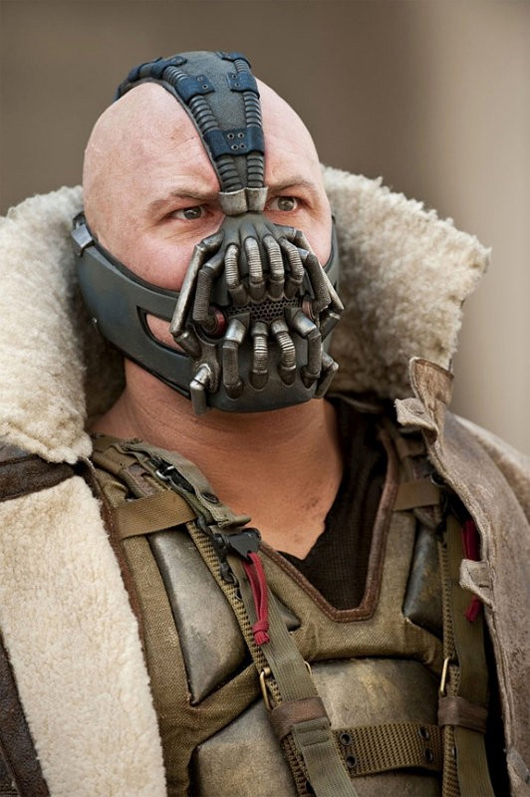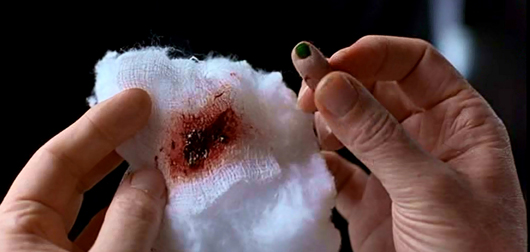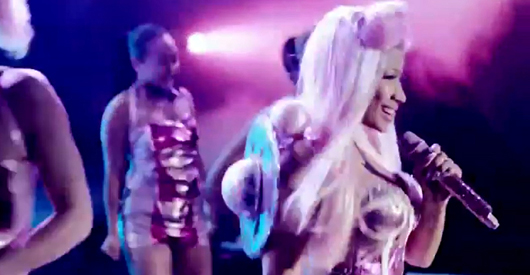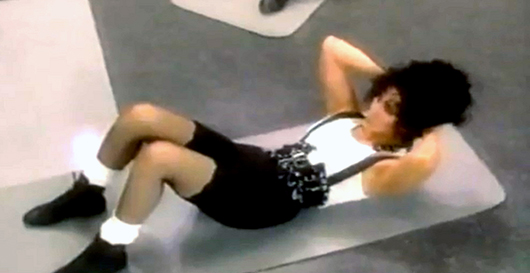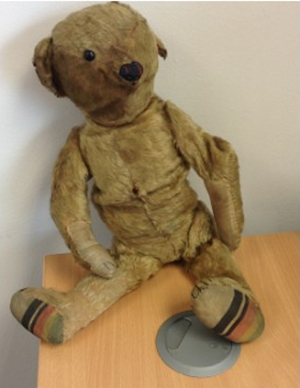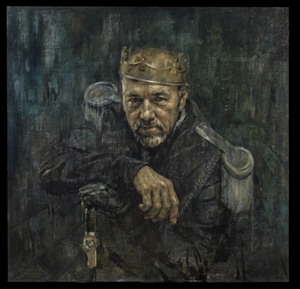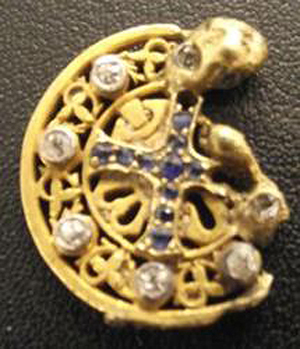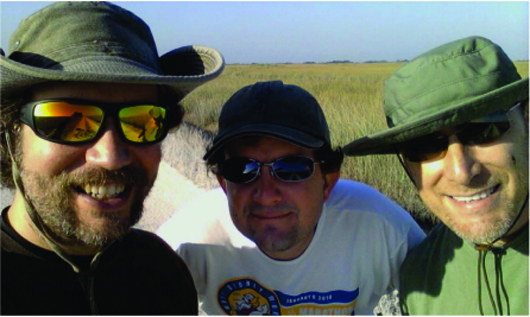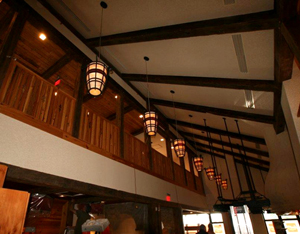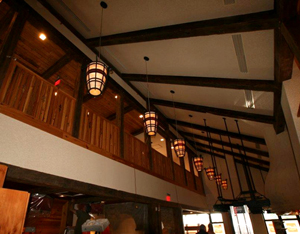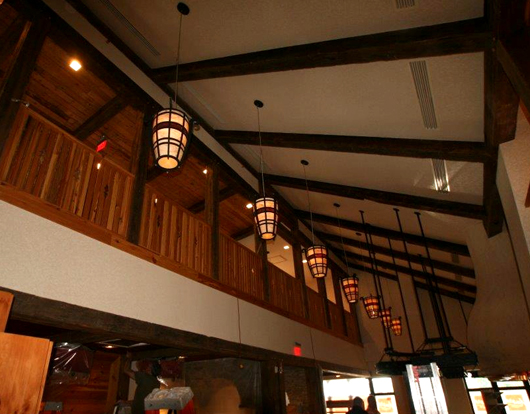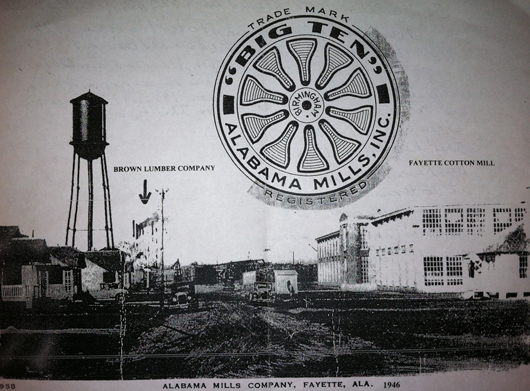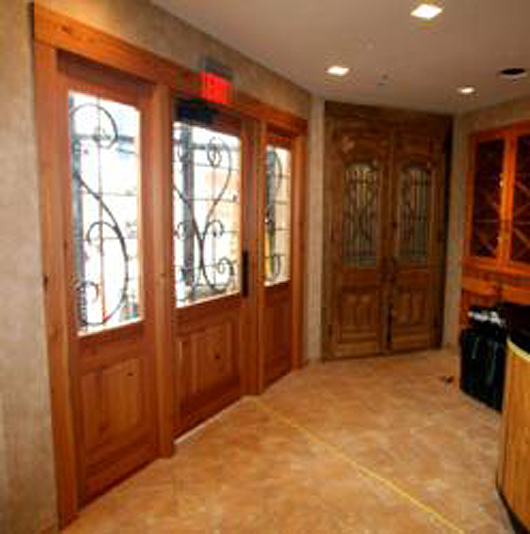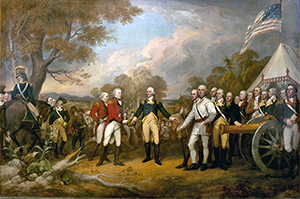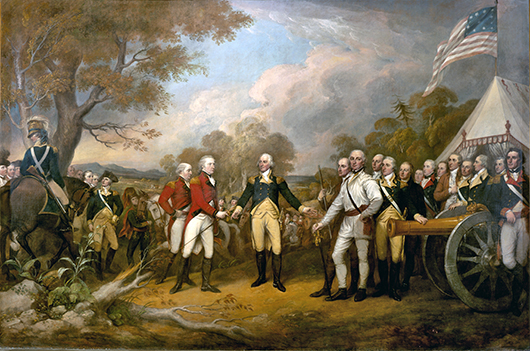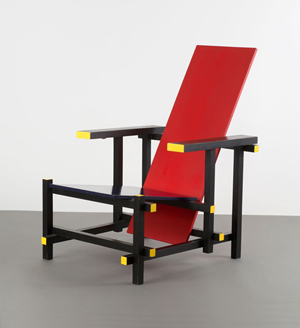
Dieses 1918er Buntholz Red and Blue Chair von Gerard A. van de Groenekan, wird am 18. Juni bei der Quittenbaum Designauktion in München versteigert. Foto mit freundlicher Genehmigung von Quittenbaum Kunstauktionen. Endlich Wärme, grüne Blätter und Frühlingsauktionen in Deutschland, der Schweiz und Österreich. The Auktionshäuser berichten weiterhin über starke Ergebnisse mit einigen Überraschungen. Das Auktionsteam Breker, Köln, brach seinen eigenen Rekord am 25. Mai, als es einen der sechs als funktionierend bekannten Apple 1 Computer für 668000 Dollar (568000 Euro) verkaufte. Das 1976er Modell ging an einen Käufer aus Asien, der es bevorzugt, anonym zu bleiben. Damit schlägt Brekers seinen eigenen Rekord von 640000 Dollar (492000 Euro) für einen Apple 1 aus dem Jahr 2012.
Am 14. Mai verkaufte Sotheby’s in Genf Gina Lollobrigidas Perlen und Diamantohrringe für 2391321 Dollar (1843449 Euros). Die weißen Perlentropfen, von denen es heißt, dass sie einmal dem Hause Habsburg gehörten, setzten einen neuen Rekord für natürliche Perlenanhänger.
Bei WestLicht in Wien verkaufte sich eine vergoldete 1931er Leica mit einer Reptilienverzierung und zwei Linsen für beeindruckende 528000 Euro (688974 Dollar). Dies war das teuerste Stück der Kameraauktion am 25. Mai.
Auch Dobiaschofsky, Bern, berichtet von erheblichen Preisen bei ihrer Schweizer Frühlingsauktion. Eine Aktstudie von Félix Vallaton, Torse à l’étoffe bleue, war mit 90000 Euro (117424 Dollar) angesetzt und brachte 190000 Euro (247895 Dollar) ein.
Van Ham erlebte eine Überraschung der etwas anderen Art, als ein barocker Tisch aus dem 17. Jahrhundert, der dem deutschen Möbelmacher David Röntgen zugeschrieben wurde, als Schwindel aufgedeckt wurde. Abteilungsleiter Christoph Bouillon drückte Zweifel an Los 1080 aus, einem ovalen vergoldeten Mehrzwecktisch. Durch die Konsultation eines Experten für Möbelrestauration und die Nutzung einer Datenbank kritischer Werke (einer Informationsquelle für gefälschte Kunstgegenstände), welche von Van Ham-Direktor Markus Eisenbeis gegründet wurde, entpuppte sich der Tisch schließlich als Kopie aus dem 21. Jahrhundert. Die Polizei wurde alarmiert und die Möbelwerkstatt, in welcher das heutige Stück gemacht wurde, schnell ausfindig gemacht. Dem Hersteller drohen nun rechtliche Konsequenzen.
Möbel von Abraham und David Röntgen sind sehr begehrt, da das Paar exquisite Stücke mit Intarsienelementen und Geheimfächern für noble Familien und Könige herstellte. Museen können sich glücklich schätzen, wenn sie ein Röntgen-Möbelstück besitzen. Der gefälschte Tisch wäre mit 60000 – 80000 Euro (77690 – 103585 Dollar) angesetzt, wäre es ein echter Röntgen gewesen.
Anstehende Auktionen:
Bassenge, Berlin, hat eine Auswahl von U. S. Weltraumfotografie, inklusive Neil Armstrongs berühmten Foto des Astronauts Buzz Aldrin neben der amerikanischen Flagge. 05. Juni.
Die Galerie Kornfeld, Bern, beherbergt am 13. und 14. Juni eine 2-Tages-Auktion mit Kunst des 19. und 20. Jahrhunderts, mit Werken der Alten Meister, Drucke und Künstlerautogrammen, die in Kooperation mit der Moirandat AG, Basel, angeboten werden. www.kornfeld.ch
David Feldman hat am 13. und 14. Juni eine spezielle Briefmarkenauktion in Genf, am zweiten Tag mit dem Hauptaugenmerk auf olympischen Briefmarken. www.davidfeldman.com
Autoliebhaber werden am 15. Juni vom Auktionshaus Gut Bernstorf, Kranzberg, zu einer Oldtimer- und Automobilauktion in die Klassikwelt Bodensee eingeladen. www.gutbernstorf.de
Quittenbaum bietet bei ihrer Designauktion am 18. Juni eine Auswahl von Nachkriegs- und zeitgenössischen Möbeln, Lampen und Kunst an.
Koller Auktionen, Zürich, hält ihre Frühlingsauktionen vom 19.-22. Juni ab, mit Schmuck und Uhren, Kunst und Design inklusive Schweizer Kunst am 21. Juni.
Die jährliche Glasauktion von Dr. Fischer Kunstauktionen findet am 29. Juni in Zwiesel statt. www.auktions-fischer.de
Das Auktionshaus Bloss, Merzhausen, bietet am 1. und 2. Juli eine Kunst- und Antiquitätenauktion.

ADDITIONAL IMAGES OF NOTE
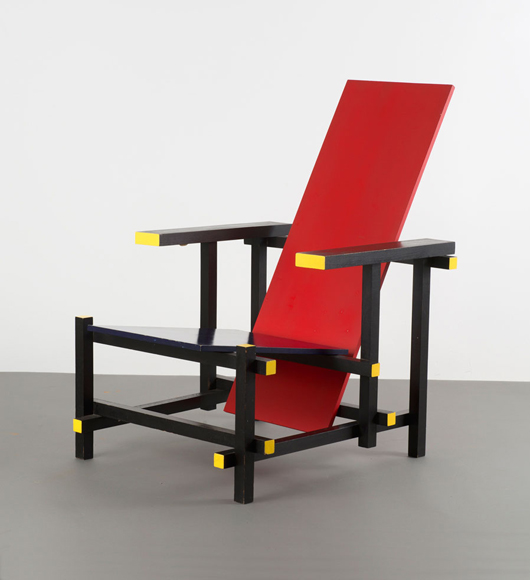
Dieses 1918er Buntholz Red and Blue Chair von Gerard A. van de Groenekan, wird am 18. Juni bei der Quittenbaum Designauktion in München versteigert. Foto mit freundlicher Genehmigung von Quittenbaum Kunstauktionen. 
Dieser 1976er Apple 1, der ursprünglich für 666 Dollar verkauft wurde, erzielte einen Rekordpreis von 668000 Dollar (568000 Euro.) Foto mit freundlicher Genehmigung von Auction Team Breker.
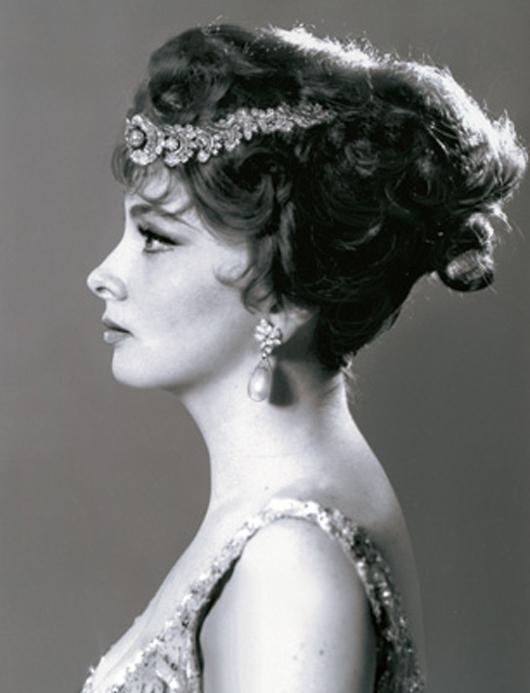

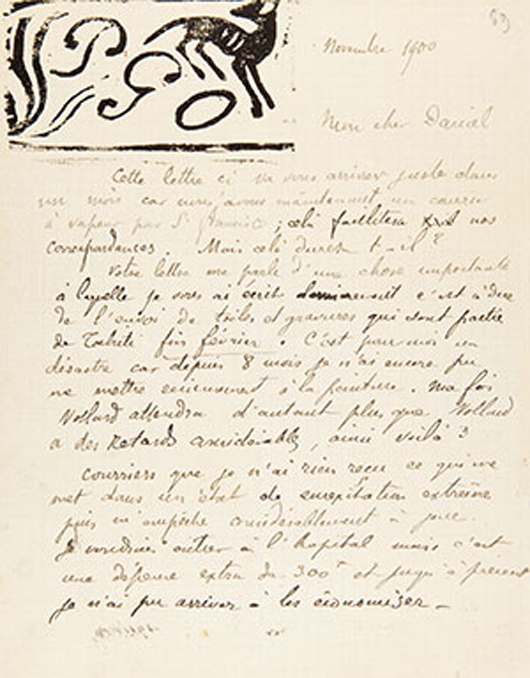
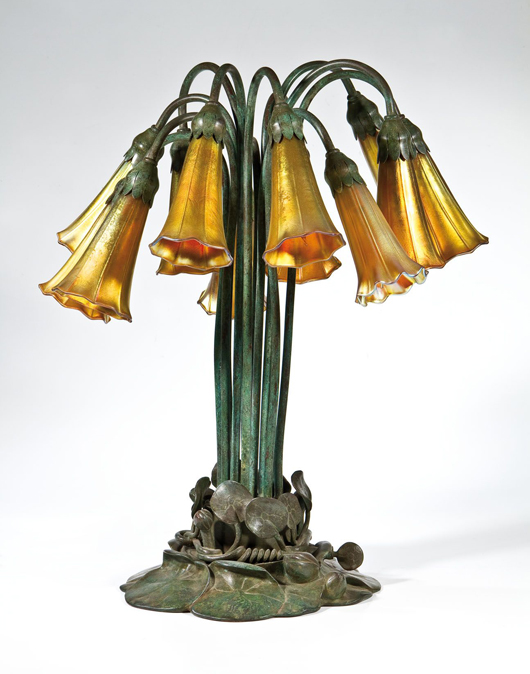
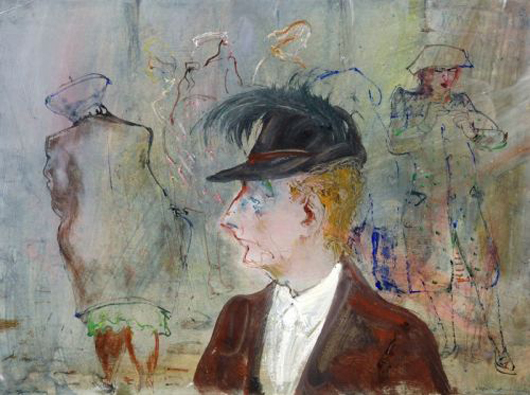
Josef Hegenbarths ‚Menschen aud der Straße’ von 1949 wird auf 4500 Euro (5873 Dollar) geschätzt, am 8. Juni bei Schmidt Kunstauktionen, Dresden, zum Verkauf. Foto mit freundlicher Genehmigung von Schmidt Kunstauktionen.



